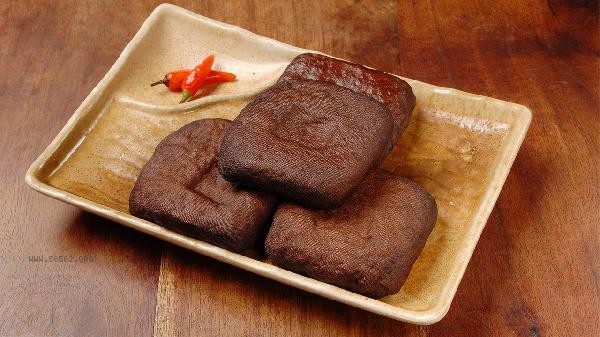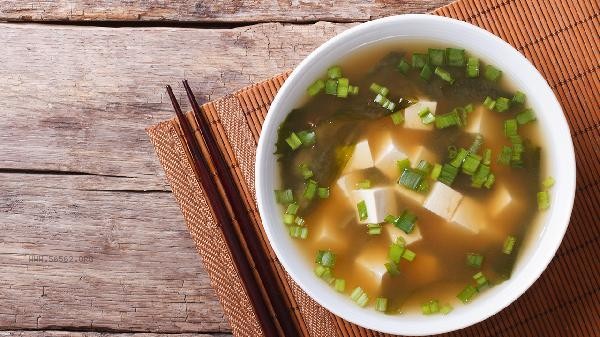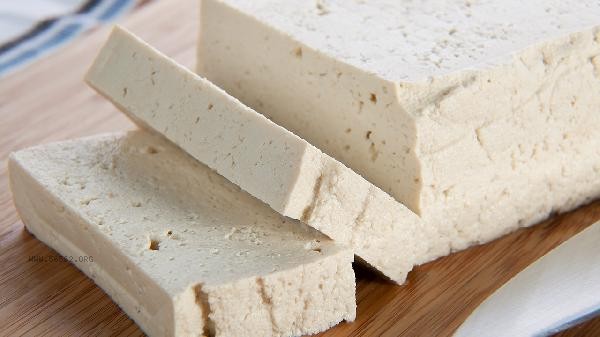It is generally recommended to blanch old tofu with hot water, as blanching in cold water can easily cause tofu to break and have poor deodorization effect. Tofu blanching mainly has the functions of removing bean odor, maintaining shape integrity, enhancing taste, shortening cooking time, and promoting subsequent flavor absorption.

1. Advantages of hot water blanching
Boiling tofu with hot water can quickly solidify surface proteins, form a protective layer, and reduce the probability of breakage. High temperature can effectively decompose the lipoxygenase in soybeans, significantly reducing the soybean odor. The best effect can be achieved by controlling the blanching time within 1-2 minutes. Excessive blanching can cause the tofu texture to harden. Tofu blanched in hot water is more suitable for cooking methods that require shaping such as frying and stir frying, with less internal water loss.
2. Disadvantages of blanching in cold water
Putting tofu in cold water can keep it in a low-temperature state for a long time, causing the cell structure to gradually absorb water and expand, leading to looseness. As the water temperature slowly increases, the internal pores of tofu expand and become more prone to breakage. Cold water treatment has a low efficiency in removing bean odor, and it is necessary to extend the blanching time to more than 5 minutes. This method is only suitable for making tofu soup and other dishes that require a soft and tender texture, but the finished product is prone to honeycomb like structures.
3. Key points for blanching
Wait until the water is completely boiling before adding the sliced tofu. A small amount of salt can be added to the water to enhance the coagulation effect. Use a spoon to gently push to prevent sticking to the pot and avoid turning it directly with a shovel. Immediately supercooling after blanching can enhance elasticity, but when making stew, you can keep the remaining heat and put it directly into the pot. Old tofu is more suitable for blanching than tender tofu, and it is recommended to maintain a thickness of about 2 centimeters to prevent it from breaking easily.

4. Special processing techniques
Tofu that needs to be fried can be blanched first and then dried to reduce surface moisture, which can reduce oil explosion and form a crispy shell. When making heavy flavor dishes such as Mapo tofu, a small amount of yellow rice wine can be added to the hot water to enhance the deodorization effect. Before blanching frozen tofu, it needs to be completely thawed, otherwise the temperature difference between the inside and outside may cause it to burst. Gypsum tofu is more resistant to blanching than brine tofu, but the bean aroma is poorly preserved.
5. Nutritional retention suggestions
Rapid blanching with hot water can reduce the loss of water-soluble vitamins and minimize the loss of minerals such as calcium. Pairing seaweed or mushrooms with blanching can increase the penetration of umami substances. After blanching, tofu is more likely to absorb the nutrients of the sauce and is suitable for cooking with meat. Controlling the total blanching time within 3 minutes can retain most of the active ingredients such as soy isoflavones.

Tofu, as a high-quality source of plant protein, is recommended to limit its daily intake to 100-150 grams. Tofu treated with blanching is more suitable for people with weaker digestive function to consume, as it can reduce the probability of bloating. Cooking with dark vegetables can increase the absorption rate of iron elements, and eating with bacteria and algae can help supplement trace elements. Gout patients should control their intake frequency of soy products, and those with renal insufficiency should limit their total protein intake. When purchasing, pay attention to the uniform milky white color of tofu and avoid choosing products with a rancid odor.








Comments (0)
Leave a Comment
No comments yet
Be the first to share your thoughts!